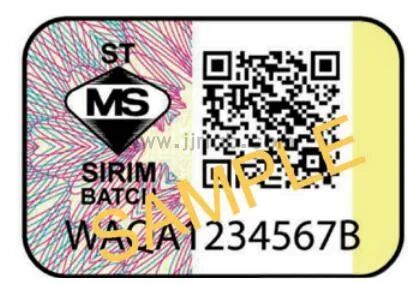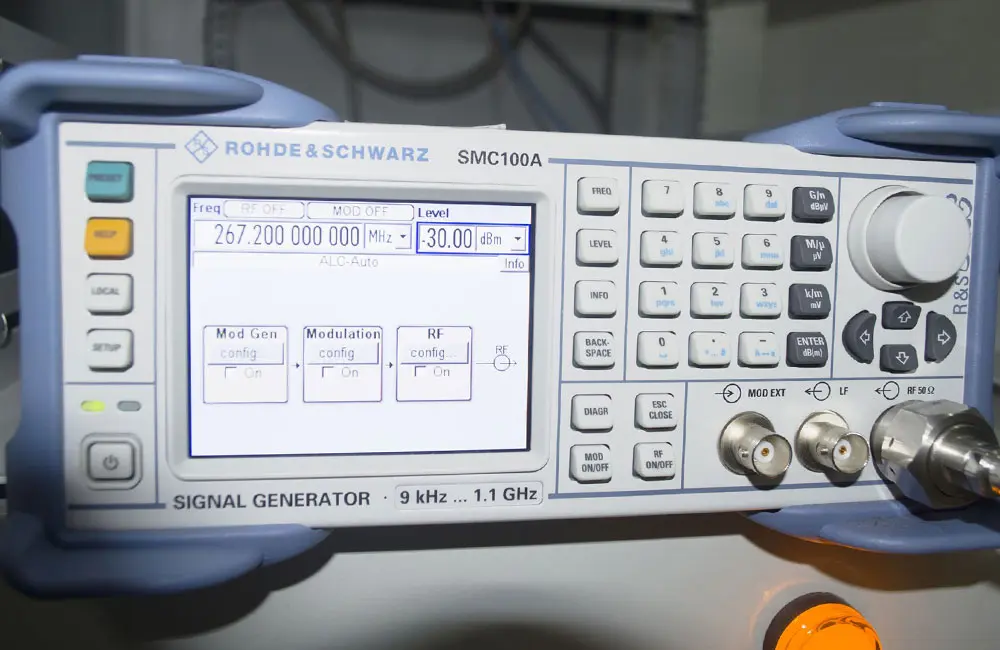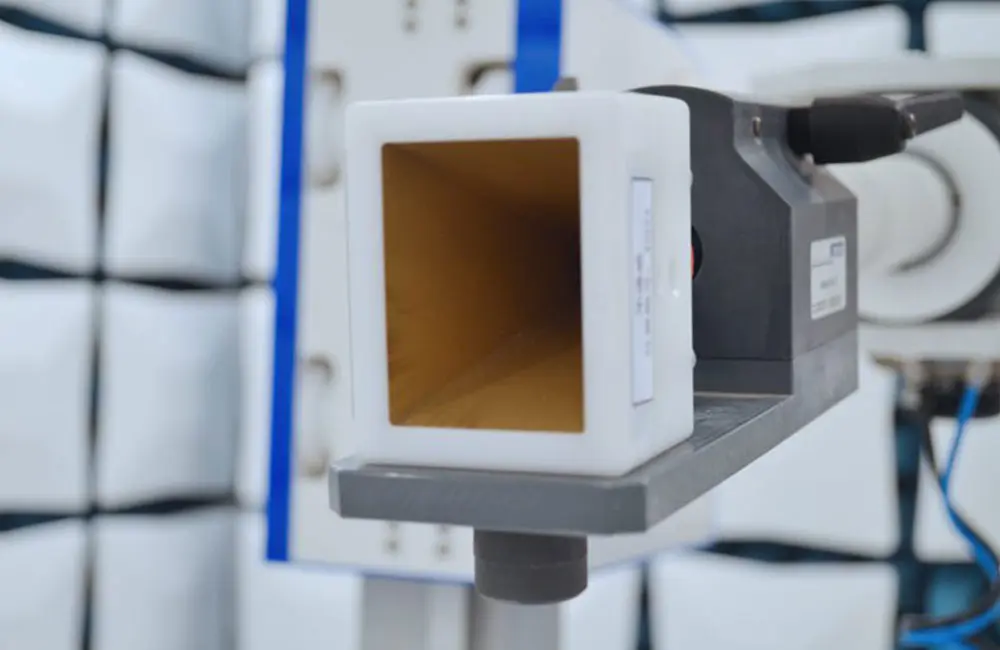
Is CE Certification Accepted in the USA for Electronics?
Obtaining CE, FCC, and Other Certifications for Your Electronics
If you need assistance in complying with CE and fcc standards for your electronics, we collaborate with businesses and individuals across the country to ensure compliance with fcc part 15 and ce regulatory requirements. You can consult with our engineers about CE/fcc compliance or request a free quote for testing and certification for your device.
If you are selling electronic devices in the European Economic Area (EEA), you may have already completed the CE certification process to ensure your device meets EU standards. However, the CE mark does not apply in the United States. Devices that are ce certified but have not passed US electrical compliance tests cannot legally enter the US market.
That said, if a device is CE certified, the process to meet US standards is generally straightforward. Below is an explanation of the role of CE certification in the US market and how electronics can be sold in the US by obtaining FCC certification.
CE Certification and the US Market: Basic Information
Almost all electronic devices sold in the EU and EEA are required to have the CE mark, indicating that the product complies with EU safety, health, and environmental protection regulations.
However, the CE mark is not recognized in the US. CE-certified electronic devices that have not undergone US electrical compliance testing cannot enter the US market. The US has its own regulatory framework for electronic devices, with most electronics regulated by the Federal Communications Commission (FCC), which sets performance standards for devices.
CE Certification and FCC Compliance
US electronic product regulations are simpler. Devices need to undergo laboratory testing to ensure they comply with FCC standards.
FCC compliance primarily focuses on electromagnetic compatibility (EMC), aiming to ensure electronic devices do not cause electromagnetic interference (EMI) or fail when other devices interfere. While CE certification covers various areas, FCC compliance specifically focuses on controlling electromagnetic interference. Therefore, even if a device is CE certified, it still needs to undergo independent fcc testing to ensure it meets US market standards.
How to Gain Access to the US Market for Electronics
1. Determine FCC Requirements
Understand the FCC rules your device must comply with to enter the US market. Most electronic devices are governed by FCC Part 15, which deals with radiation and immunity standards. We can help confirm if your device meets the relevant requirements.
2. Testing and Documentation
Work with accredited testing labs to verify that your device complies with FCC standards. Testing typically includes radiation and conducted emissions tests, as well as immunity tests. After testing, you will receive a test report and other documents proving FCC compliance.
3. Certification and FCC Label
Depending on the type of device, you may need to submit a declaration of conformity or apply for FCC certification. After certification, the device must be labeled with the FCC mark to show it complies with FCC regulations.
4. Maintain Compliance
After obtaining FCC certification, stay updated with changes in FCC regulations to ensure the device remains compliant throughout its lifecycle. If the design or technology of the device changes, ongoing compliance checks are required.
fcc certification testing Standards and Procedures
FCC Part 15 (Radio Frequency Energy Emissions)
- Purpose: Regulates electromagnetic interference (EMI) and immunity of electronic devices to ensure they do not cause interference with other devices or communication systems.
- Applicable Devices: Most electronic products, including computers, smartphones, wireless devices, etc.
- Test Details:
- Radiated Emissions Test: Measures the radio frequency energy emitted from the device to ensure it is within acceptable limits.
- Conducted Emissions Test: Measures radio frequency energy conducted through power lines, ensuring the device does not interfere with the power grid.
- Radio Frequency Interference (RFI) Test: Measures whether the device causes non-compliant interference to other electronics, ensuring it doesn’t disrupt communications or other sensitive devices.
Electromagnetic Compatibility (EMC)
- Purpose: Ensures devices are resilient to external electromagnetic interference (EMI) and do not emit unnecessary interference to other devices.
- Applicable Devices: All devices that may emit electromagnetic radiation or may be affected by electromagnetic interference.
- Test Details:
- Immunity Testing: Measures the device’s resistance to electromagnetic interference, ensuring it works correctly in disturbed environments.
- Electrostatic Discharge (ESD) Testing: Ensures the device can withstand electrostatic discharges without malfunctioning.
- Power Line Interference Testing: Tests whether the device can continue to function under unstable power conditions.
Wireless Communication Devices (Part 15 Subpart C)
- Applicable Devices: Wireless devices, such as radios, Wi-Fi, Bluetooth, ZigBee, LTE, etc.
- Purpose: Tests the transmission power of the device's wireless signals and its use of wireless spectrum.
- Test Details:
- Transmission Power Test: Measures transmission power to ensure it does not exceed FCC limits.
- Frequency Stability Test: Measures the stability of the transmitted frequency, ensuring it does not interfere with other communication devices.
- Spectrum Analysis: Ensures the device’s signal transmission does not extend beyond its designated frequency range.
Grounding and Electrical Safety Testing
- Purpose: Tests the electrical safety of the device to ensure it poses no electrical shock risk and meets safety standards.
- Applicable Devices: All devices involving current and voltage, particularly power devices and electrical appliances.
Although the compliance process from the EU to the US may seem complicated, if your device is already CE certified, completing FCC compliance is not difficult. As an accredited testing lab, we have assisted numerous businesses in passing tests, complying with FCC regulations, and successfully selling their devices in the US.
Email:hello@jjrlab.com
Write your message here and send it to us
 SIRIM and MEPS Certification for Fans in Malaysia
SIRIM and MEPS Certification for Fans in Malaysia
 U.S. CPSC Water Bead Toy Compliance Requirements!
U.S. CPSC Water Bead Toy Compliance Requirements!
 Food Contact Materials (FCM) Regulation
Food Contact Materials (FCM) Regulation
 How to get Certification Compliance for Lithium Ba
How to get Certification Compliance for Lithium Ba
 LED Lighting Safety Testing Service Laboratory
LED Lighting Safety Testing Service Laboratory
 LED Lighting EMC Testing Service
LED Lighting EMC Testing Service
 EU REACH Compliance Testing Services
EU REACH Compliance Testing Services
 Electronic and Electrical Reliability Testing Serv
Electronic and Electrical Reliability Testing Serv
Leave us a message
24-hour online customer service at any time to respond, so that you worry!




